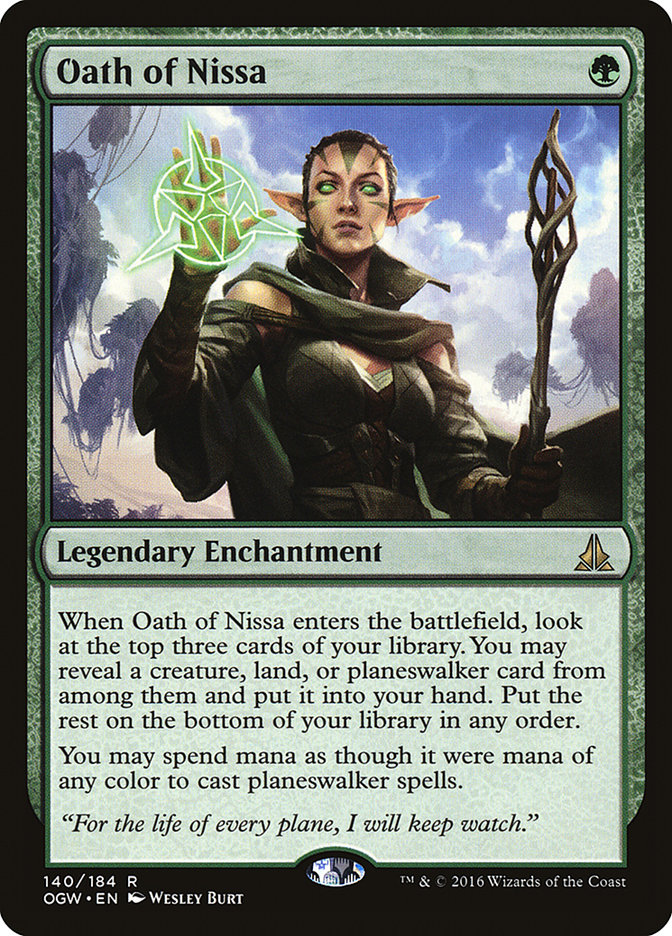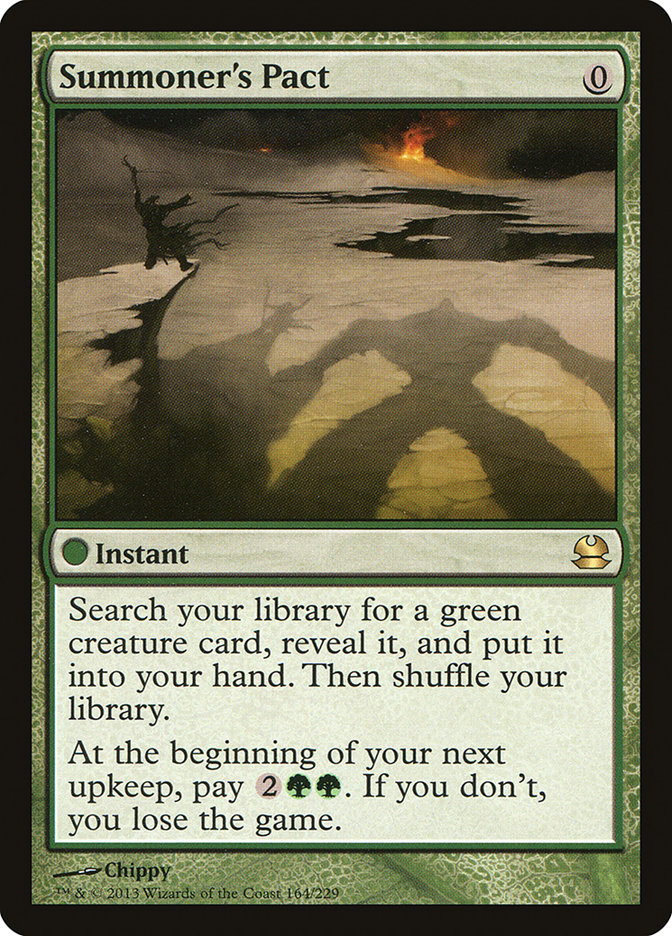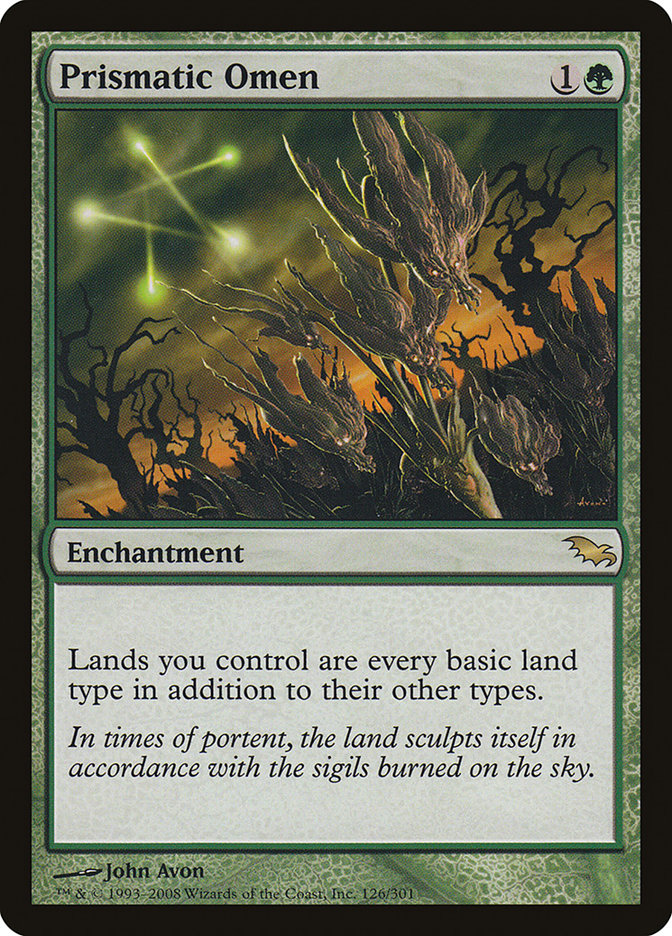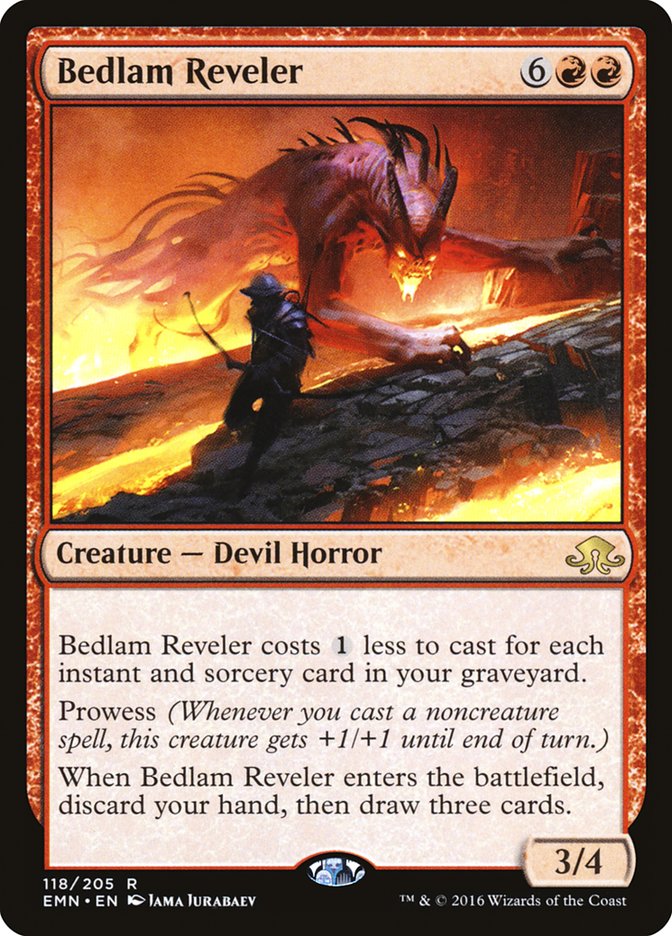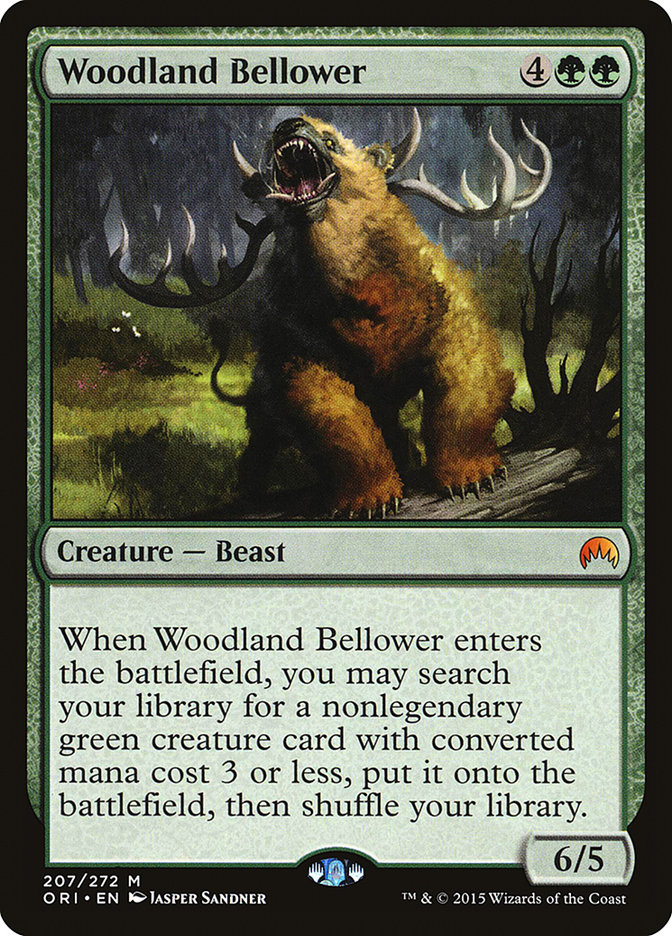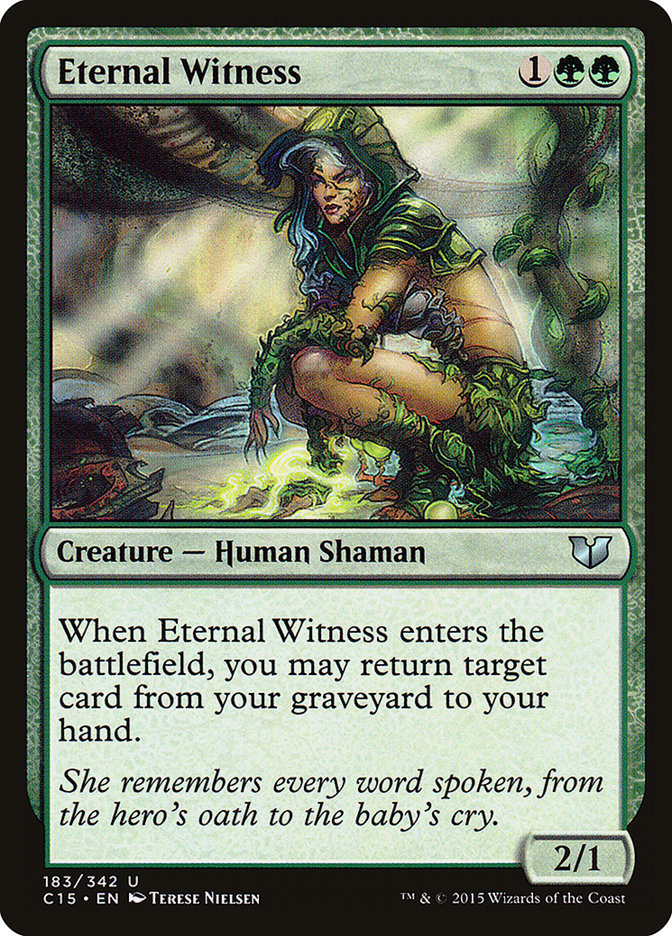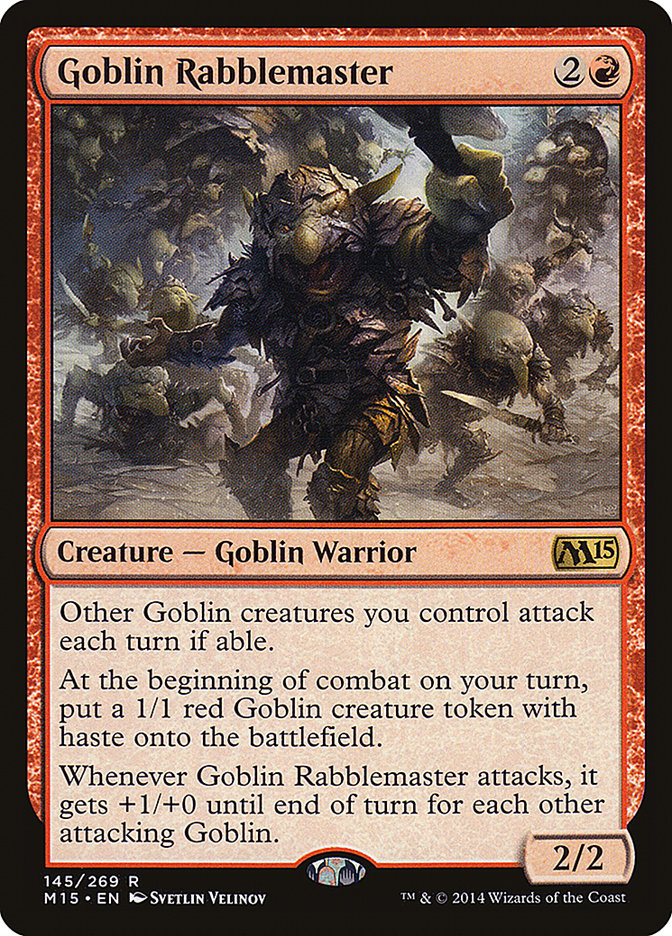Last weekend was a Regional Pro Tour Qualifier and there were plenty of interesting Modern decklists that had successful results.
This upcoming weekend has another round of RPTQs and the #SCGPC also has Modern as a format, so pay attention for the latest tech as I go over some of the most appealing decks that did well online at the RPTQs!
Creatures (13)
- 1 Grim Lavamancer
- 1 Vendilion Clique
- 4 Snapcaster Mage
- 1 Tasigur, the Golden Fang
- 3 Jace, Vryn's Prodigy
- 1 Pia and Kiran Nalaar
- 2 Kalitas, Traitor of Ghet
Planeswalkers (3)
Lands (23)
Spells (21)

This style of Grixis Control has fallen out of favor recently, but I really like a lot of the elements working together here.
You rarely see Liliana of the Veil in Grixis, let alone Jace, Vryn’s Prodigy. The deck almost looks like it will play like a more controlling Jund deck. Inquisition of Kozilek or Lightning Bolt followed by
Jace, Vryn’s Prodigy or Liliana of the Veil seems like a great start to disrupt the opponent and then pull ahead.
Kolaghan’s Command generates a lot of value in the deck in the late-game, allowing you to return a fallen Jace, Vryn’s Prodigy or Snapcaster Mage and then Flashback the Kolaghan’s Command and do it all over again.
Kolaghan’s Command is a good start for some fun, but Rise // Fall is potentially ridiculous, especially if the creature on the battlefield that you’re bouncing back to hand is your own Snapcaster Mage.
Surgical Extraction also fits well here as a high-impact sideboard card that you can Flashback for cheap.
This Grixis deck not only has a low curve and plenty of ways to disrupt the opponent in the first few turns of the game, it has late-game engines and value from planeswalkers to keep the value train chugging along.
Creatures (13)
Lands (25)
Spells (22)

No Emrakul, the Aeons Torn here; this deck is all about Primeval Titan (and the Valakut, the Molten Pinnacles it searches up). Through the Breach on Primeval Titan is barely even a cost reduction compared to just hard-casting it, but being able to attack with a Titan immediately will yield four lands, Valakut, the Molten Pinnacles and Mountains, and that will often be enough to end the game. If that doesn’t get the job done, just playing Mountains and abusing the triggers from all the Valakuts you searched up usually will in subsequent turns.
Oath of Nissa plays the role of a more value-oriented Summoner’s Pact here with much less steep of a cost. Not only does it do a reasonable job of digging towards a copy of Primeval Titan, it can also just find a land or ramp element in the form of Sakura-Tribe Elder or Simian Spirit Guide.
Prismatic Omen is an excellent one-of making Primeval Titan overkill and the other powerful one-of in Scapeshift more effective. Both those cards also increase your chances of winning games where you can’t land a Primeval Titan.
The pilot of the deck, Sp3llfyre (also known as Atilla Fur), who’s also from my hometown of Edmonton, had this to say:
“Don’t underestimate silver bullets in your deck. Playing a known list such as R/G Through the Breach and adding in a miser’s Prismatic Omen and Scapeshift has won me a lot of games during the RPTQ as people were not ready for those two cards, as the decks have been cutting Shifts and almost never play Omens.”
Tireless Tracker out of the sideboard is a reasonable Summoner’s Pact target and a way to go under decks trying to deal with Valakut, the Molten Pinnacle and Primeval Titan that won’t expect to be needing spot removal. Casting Tireless Tracker on turn 3 and Scapeshift on turn 4 and finding four fetchlands is exactly what I want to be doing with my life.
Also of note in the sideboard: three Sudden Shocks looks really good, especially for the Online RPTQ, since there was a lot of Infect. (Which could mean you might expect a lot of Infect if you’re playing in next week’s RPTQ as well.)
Creatures (13)
Lands (17)
Spells (30)

This looks like a very smooth, consistent version of the deck.
Sleight of Hand fills out the flex spots for the deck in this list, which I like. It serves the important function of finding lands or threats in the early-game and provides a cheap way to trigger prowess-style effects and find more cards to combo off with in the late-game.
I like having one Bedlam Reveler maindeck, since you don’t want to draw multiples, and then being able to go up to a full three post-sideboard against particularly disruptive decks that will draw out the game or attack your hand with Inquisition of Kozilek.
Creatures (8)
Planeswalkers (8)
Lands (22)
Spells (22)

This may look like your average W/R Prison deck on the surface, but there are some interesting choices that skew it more towards being All-In Red with white cards to take advantage of the strengths of both decks.
You have the core of the most powerful “oops, I win” hate cards in Chalice of the Void, Ensnaring Bridge, and Blood Moon. Then you have some creature-stalling elements: Wall of Omens, Anger of the Gods, Day of Judgment (which should likely be upgraded to Wrath of God if possible), Blessed Alliance, and Lightning Helix.
The most interesting point to this list is the lack of Nahiri, the Harbinger and Emrakul, the Aeons Torn package. The main incentive for not going this route is their ineffectiveness alongside Ensnaring Bridge.
There are other tempting four-drop planeswalkers of similar strength in Ajani Vengeant, Koth of the Hammer, and Chandra, Torch of Defiance.
I’m not sure how I feel about a deck running Koth of the Hammer with five Mountains and eight basic Plains. Blood Moon helps, but Koth really needs Mountains to be at his best and could probably be ditched entirely.
I do like the direction of the deck, though, not being entirely all-in, and it looks well set up against a large chunk of the Modern metagame.
Creatures (27)
- 4 Birds of Paradise
- 1 Kiki-Jiki, Mirror Breaker
- 2 Eternal Witness
- 2 Wall of Roots
- 2 Wall of Omens
- 1 Spellskite
- 3 Blade Splicer
- 2 Scavenging Ooze
- 4 Restoration Angel
- 1 Thragtusk
- 1 Anafenza, the Foremost
- 1 Pia and Kiran Nalaar
- 1 Woodland Bellower
- 1 Sigarda, Heron's Grace
- 1 Selfless Spirit
Lands (23)
Spells (10)

If you’re registering this deck in paper, make sure your pen has plenty of ink… or just bring a backup pen, because that makes more sense.
Restoration Angel is the core of the deck and its blinking benefits most of the creatures in deck, most notably Blade Splicer for fast battlefield presence and Kiki-Jiki, Mirror Breaker for the win.
Chord of Calling for Eternal Witness and getting back the Chord of Calling is the traditional play that just produces a body for “free.” In this version, if you happen to have a bunch of mana and creatures, you can Chord of Calling for Woodland Bellower, get Eternal Witness with Bellower, and then get back the Chord. Look out below! Woodland Bellower is also good for fetching up valuable targets like Scavenging Ooze and Reclamation Sage.
Creatures (5)
Planeswalkers (7)
Lands (24)
Spells (24)

Mardu is a tricky deck to get right, since the mana is demanding and it can fall flat if not tuned just right. Anger of the Gods, Liliana of the Veil, and Path to Exile are all powerful cards but very demanding on your manabase. Ghost Quarter might be a little greedy for that reason, but Wall of Omens will help cycle through to playable cards and lands.
I’m a big fan of Goblin Rabblemaster and like the idea of it out of the sideboard. Mardu usually has no problem disrupting the opponent, but without Nahiri, the Harbinger, you will sometimes have few good ways to quickly close the game out afterward or press your advantage before the opponent can mount a comeback.
Creatures (18)
- 1 Weathered Wayfarer
- 4 Martyr of Sands
- 1 Figure of Destiny
- 4 Ranger of Eos
- 4 Serra Ascendant
- 4 Squadron Hawk
Lands (24)
Spells (18)

Martyr of Sands? In 2016?
It might seem like a deck whose namesake card is all about lifegain would fold to an Infect-heavy metagame, but this version is actually set up with plenty of tools to deal with Infect.
Ghost Quarter, Path to Exile, Ghostly Prison, Squadron Hawk, and Wrath of God? Four copies of each, and all of them great against Infect.
The lifegain theme is really only confined to Martyr of Sands and Serra Ascendant in this version, both of which go great with and enable Ranger of Eos and Proclamation of Rebirth.
Although some versions are more aggressive this build of the deck is much more focused on being a control deck (if four Wrath of Gods didn’t give it away) with creature-based combos interspersed, while still capable of big Serra Ascendant openings.
The range of decks that are able succeed in Modern never ceases to astonish and baffle me, despite the seemingly overwhelming speed and power of the top tier of Modern decks. Modern has always managed to be a format that rewards pilots proficient in their archetype willing to make daring card choices.
This batch of decklists has been particularly distinctive. Did you take away any ideas for your archetype of choice?




